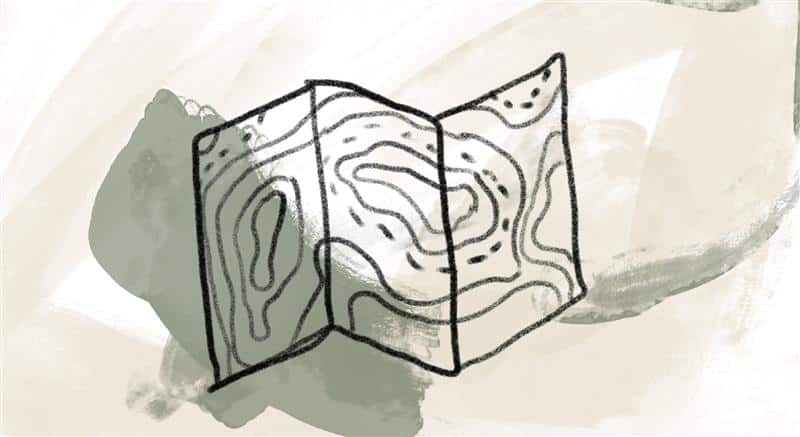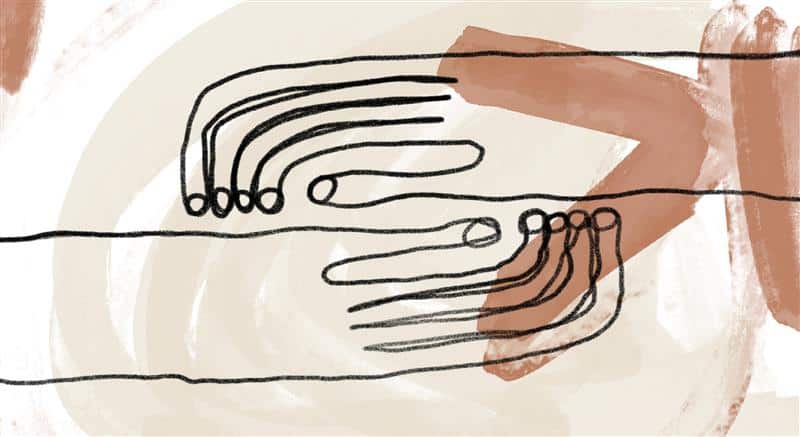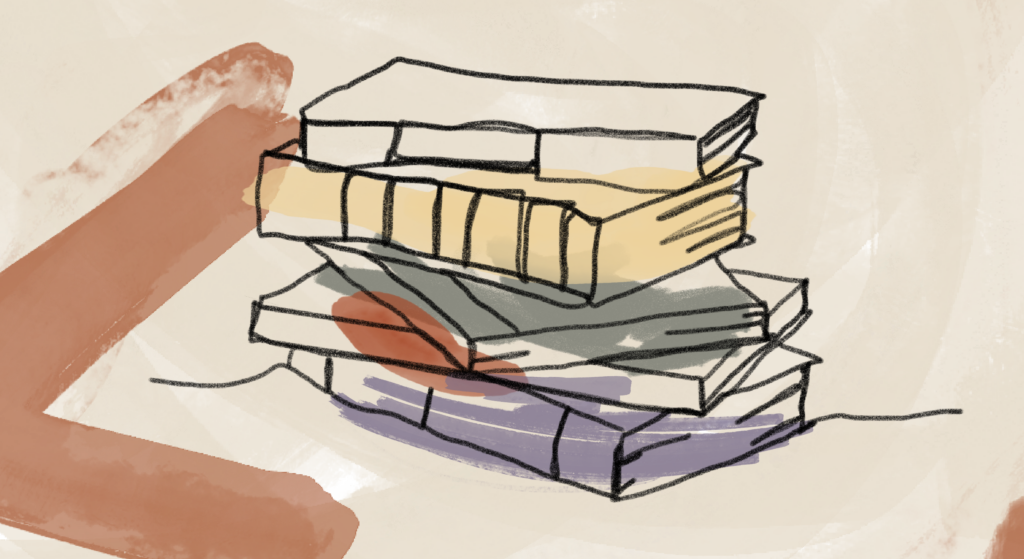
Father Richard Rohr describes the importance of a practice of contemplation:
Contemplation is about seeing, but a kind of seeing that is much more than mere looking because it also includes recognizing and thus appreciating. The contemplative mind does not tell us what to see but teaches us how to see what we behold.
Contemplation allows us to see the truth of things in their wholeness. It is a mental discipline and gift that detaches us, even neurologically, from our addiction to our habitual way of thinking and from our minds which like to think they are in control. We stop believing our little binary mind (which strips things down to two choices and then usually identifies with one of them) and begin to recognize the inadequacy of that limited way of knowing reality. In fact, a binary mind is a recipe for superficiality, if not silliness. Only the contemplative, or the deeply intuitive, can start venturing out into much broader and more open-ended horizons. This is probably why Einstein said that “Imagination is more important than knowledge. Knowledge is limited. Imagination encircles the world.” [1]
But how do we learn this contemplative mind, this deep, mysterious, and life-giving way of seeing, of being with, reality? Why does it not come naturally to us? Actually, it does come momentarily, in states of great love and great suffering, but such wide-eyed seeing normally does not last. We return quickly to dualistic analysis and use our judgments to retake control. A prayer practice—contemplation—is simply a way of maintaining the fruits of great love and great suffering over the long haul and in different situations. And that takes a lot of practice—in fact, our whole life becomes one continual practice.
To begin to see with new eyes, we must observe—and usually be humiliated by—the habitual way we encounter each and every moment. It is humiliating because we will see that we are well-practiced in just a few predictable responses. Few of our responses are original, fresh, or naturally respectful of what is right in front of us. The most common human responses to a new moment are mistrust, cynicism, fear, knee-jerk reactions, a spirit of dismissal, and overriding judgmentalism. It is so dis-couraging when we have the courage to finally see that these are the common ways that the ego tries to be in control of the data instead of allowing the moment to get some control over us—and teach us something new!
To let the moment teach us, we must allow ourselves to be at least slightly stunned by it until it draws us inward and upward, toward a subtle experience of wonder. We normally need a single moment of gratuitous awe to get us started—and such moments are the only solid foundation for the entire religious instinct and journey.
References:
[1] “What Life Means to Einstein: An Interview by George Sylvester Viereck,” The Saturday Evening Post, October 26, 1929, 117.
Adapted from Richard Rohr, Just This (CAC Publishing, 2017), 7–9.
Image credit and inspiration: Exisbati, Untitled (detail), 2021, photo, India, Unsplash. Click here to enlarge image. Silence invites us to attend deeply to the present moment, like a hand extended in a field, aware of each blade of grass sliding over the skin, simply being here now.
Story from Our Community:
The theme of embracing tears has reached the deepest part of me. I recently had a health scare that brought my two adult sons to the hospital with me. When I think about the time they spent away from their jobs and young families to ensure I was okay, I cry in gratitude. More and more, I’ve been embracing how good it feels to cry. Amidst the tears, I feel closer to God than ever before. I’m beginning to think our nation should have a big cry together. It might do us all some good.
—Leanne H.




